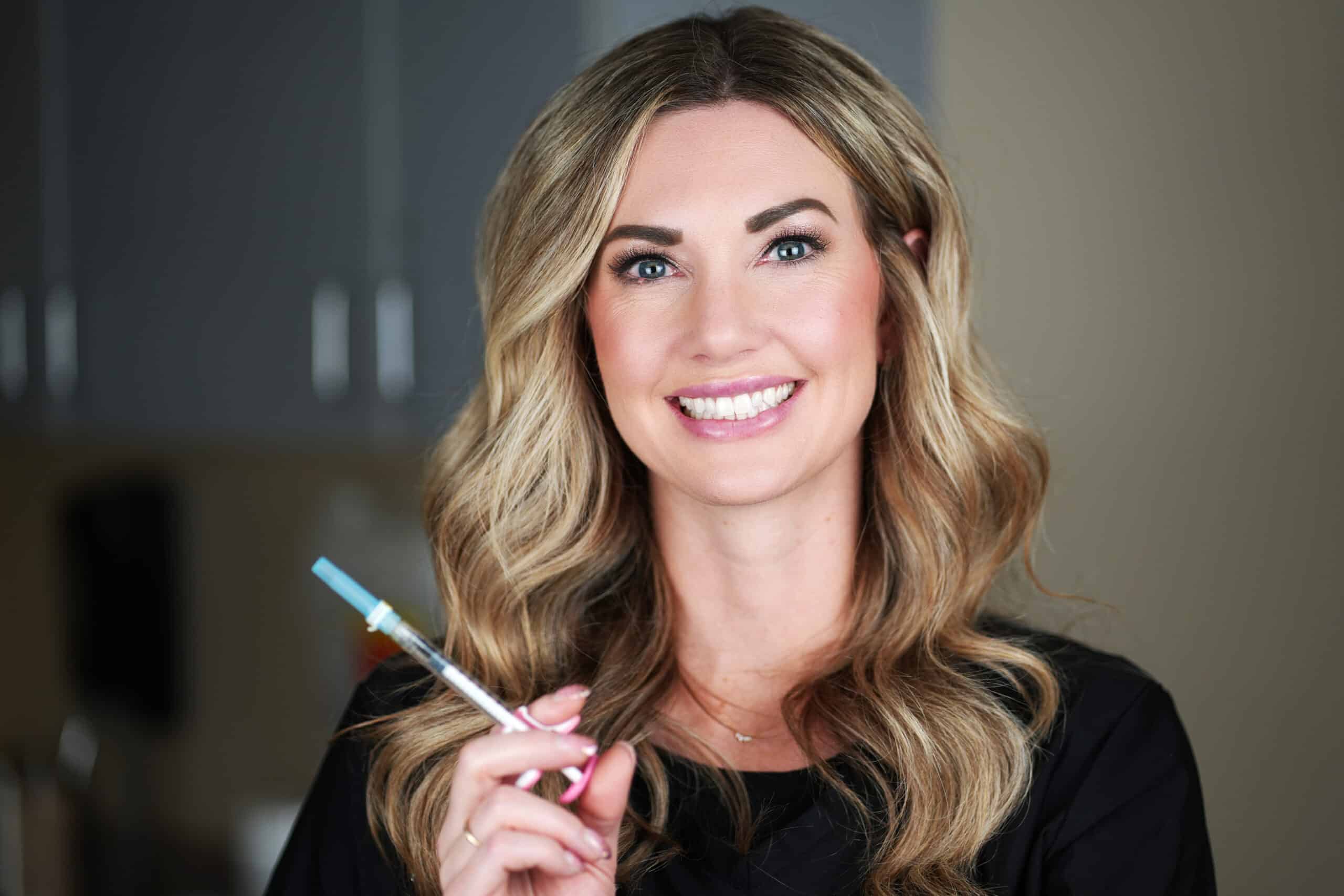
The Brazilian Butt Lift (BBL) has surged in popularity over the past decade, fueled by social media trends and the increasing demand for a curvier physique. However, it remains one of the most controversial cosmetic procedures due to its risks, sparking discussions about whether BBLs should be more strictly regulated—or even banned entirely.
Leading plastic surgery organizations have issued warnings about the procedure’s high complication rate. However, many board-certified plastic surgeons argue that with the right techniques and safety protocols, BBLs can be performed safely and successfully. The key question is whether the focus should be on banning the procedure or implementing stronger patient education and industry regulations to minimize risks.
The Risks of BBL Surgery
A BBL involves removing fat via liposuction from areas such as the abdomen, flanks, or thighs and injecting it into the buttocks to enhance volume and shape. While this technique appears straightforward, precise execution is critical to avoid life-threatening complications.
Fat Embolism: The Most Serious Risk
One of the biggest concerns associated with BBLs is fat embolism, a condition that occurs when fat is inadvertently injected into veins within the muscle and enters the bloodstream, potentially blocking major organs like the lungs or heart.
The American Society of Plastic Surgeons (ASPS) has issued multiple advisories on the dangers of BBLs, noting that improper fat placement is the leading cause of serious complications and fatalities. The organization urges patients to seek out only board-certified plastic surgeons who follow updated safety protocols.
Unqualified Surgeons and the Rise of Unsafe Clinics
Another significant risk is the growing number of unlicensed or underqualified providers offering low-cost BBLs, often in unsafe environments. The ASPS, along with international plastic surgery organizations, issued an urgent warning about the risks associated with discount BBL providers, stating that patients who undergo the procedure from non-board-certified practitioners face a much higher risk of complications.
Medical tourism has also contributed to the rise in BBL-related complications. Patients seeking cheaper procedures abroad often return home with severe infections, fat necrosis, or worse—requiring emergency hospital care.
Should BBLs Be Banned? The Arguments for and Against
The safety concerns surrounding BBLs have led some medical professionals to call for a ban or stricter regulation of the procedure. Others argue that rather than prohibiting BBLs, the focus should be on establishing safer techniques and enforcing surgeon qualifications.
Arguments for Stricter Regulations or a Ban
- High complication rates: BBLs have been associated with higher mortality rates than other cosmetic surgeries, primarily due to the risk of fat embolism.
- Unregulated providers: The increasing number of non-certified surgeons performing BBLs has led to a surge in patient injuries and fatalities.
- Patient awareness: Many patients do not fully understand the risks, and stronger regulations could help ensure informed decision-making.
Arguments for Keeping BBLs Legal with Improved Safety Measures
- Surgical advancements have improved safety: A study published in Aesthetic Surgery Journal found that following specific safety recommendations—such as avoiding deep muscle injections and using larger cannulas—significantly reduced the risk of complications and fatalities.
- Patient autonomy: Adults should have the right to make informed decisions about their own bodies when proper safety precautions are in place.
- Preventing underground procedures: A ban could drive more patients toward black-market providers, increasing the risk of poor outcomes.
How to Make BBLs Safer
Rather than banning BBLs outright, many plastic surgeons and medical organizations advocate for increased safety measures and patient education to minimize risks.
1. Choosing a Qualified, Board-Certified Surgeon
Patients should only undergo BBLs with board-eligible or board-certified plastic surgeons who specialize in fat grafting procedures. The ASPS stresses that selecting an experienced, credentialed surgeon reduces the risk of serious complications.
2. Prioritizing Safer Techniques
- Ultrasound-guided fat transfer has emerged as a game-changing technique, allowing surgeons to visualize fat placement in real-time, preventing deep injections and reducing the risk of fat embolism.
- Fat volume limits should be strictly followed to avoid excessive fat transfer, which increases complication rates.
3. Strengthening Regulations on Who Can Perform BBLs
- Stronger oversight is needed to ensure that only board-certified plastic surgeons perform BBLs in accredited surgical facilities.
- Governments should take action against illegal clinics and unlicensed providers who offer high-risk procedures without proper medical training.
4. Enhancing Patient Education
Many patients are unaware of the risks associated with BBLs. Increased education efforts can help individuals make better-informed choices about their aesthetic goals.
A Balanced Approach to BBL Safety
The debate over banning BBLs is far from settled. While safety concerns remain, advancements in surgical techniques, stronger regulations, and increased patient education are making the procedure safer than ever.
Rather than banning BBLs outright, the medical community should continue working toward higher safety standards, improved training for surgeons, and stricter enforcement of regulations to ensure that patients can achieve their desired results without unnecessary risks.
As research and technology continue to evolve, the future of BBLs may be one where patients can undergo the procedure with greater confidence in both their safety and their results.
If you’re ready to explore your options, contact our offices in Flagstaff, Sedona, Prescott, Cottonwood, or Kingman to schedule a consultation with me or one of my partners. Together, we’ll determine the best path to achieving your goals.




